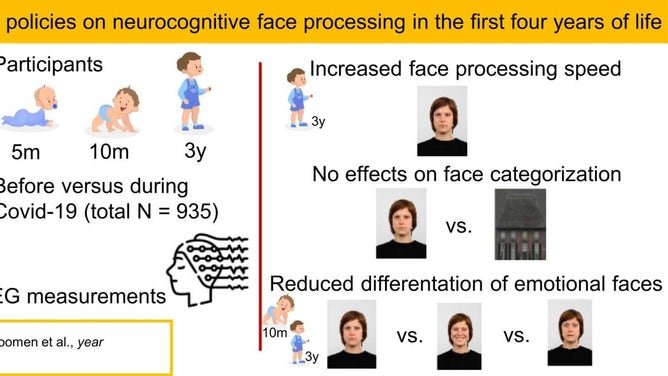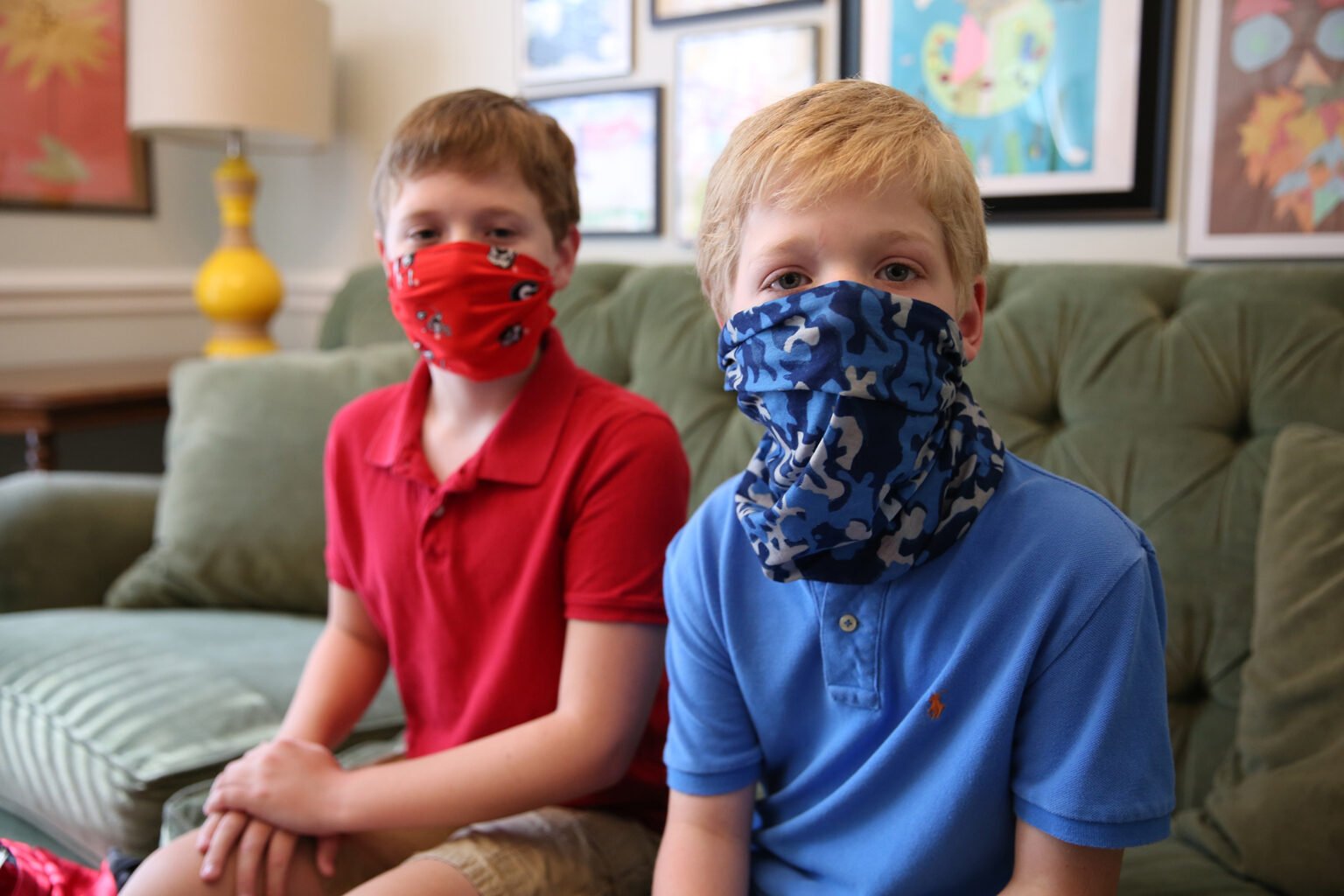It’s no secret that forcing billions of people around the world to wear masks to stop COVID was completely ineffective.
Overwhelming amounts of observational data. Gold standard evidence reviews. Comparisons between states, countries, cities, and jurisdictions show no benefit to mask mandates or mask compliance. The country with the single highest confirmed COVID case rate on earth is South Korea, where nearly 70% of the population tested positive for COVID by 2023. The same South Korea that was relentlessly praised by the media for controlling the virus with masks because of their “masking culture.”
Wired wrote in 2020 that “China, Japan, South Korea, and Taiwan have controlled outbreaks of coronavirus much more effectively than the US and Europe.” Bloomberg joined in, saying “South Korea’s successful approach of regimented masking, aggressive testing, and high-tech contact tracing is a blueprint for the U.S. and other democracies.”
RELATED: COVID Lockdowns Hurt An Entire Generation Of Children For Nothing
That did not age well.
Regardless, an enormous amount of evidence has shown masks did not have any positive impact on COVID spread. They did, however, hurt millions of children. That’s the conclusion of a lengthy study examining the harms masks caused for young children growing up during the era of COVID restrictions. There were a lot of them.
SANTA ANA, CA – MARCH 25: California Governor Gavin Newsom announces new eligibility during a press conference at a COVID-19 vaccination site at AltaMed in Santa Ana, CA, on Thursday, March 25, 2020. Newsom said on April 1, anyone 50 years old, or older can get vaccinated. And, startling April 15, everyone 16 years and older is eligible. (Photo by Jeff Gritchen/MediaNews Group/Orange County Register via Getty Images)
Children Did Not Learn To Understand Facial Expressions Thanks To Masks
A landmark study from a university in the Netherlands attempted to answer the all-important question: what did we do to children by pointless forcing the world to wear masks? The short answer? We ruined their ability to understand expressions.
This study covered hundreds of children, starting from roughly five months old to children around 3–4 years old. It was designed to determine whether those children who were surrounded by masking and denied social interactions were negatively impacted by those policies.
As they write, “Processing faces is an important building block of social competence. Children exhibit an innate preference for faces over non-face-like objects from birth.”
They added that developing skills around detecting emotion in faces through quantity and quality sensory inputs is vitally important for “neurocognitive development.”
The normal processes that children go through in early development were quite obviously interrupted and dramatically altered during the pandemic. Masking, reduced social contact, and lack of experience were all important factors.
“Indeed, studies reveal that the development of facial information extraction requires experience with faces,” the study says. “This experience is acquired during social interactions. However, children’s social interactions changed tremendously due to the governmental policies taken in response to the Covid-19 pandemic. For instance, due to day-care closing and social distancing in Western countries, children likely had more interactions with immediate family members, but reduced contact with other individuals. Moreover, children’s exposure to adult social interactions in various contexts likely decreased as well. Finally, adults started wearing facemasks covering the nose and mouth, thereby diminishing the input from parts of the face. Overall, pandemic-related alterations in social interactions are expected to lead to a lower variety of facial stimuli input, hypothesized to result in changes in the development of face processing.”
So how did they attempt to measure these outcomes? By measuring how children reacted to processing faces, expressions and emotional cues from adults.
“We focus on three facets of face processing: the speed of processing faces in the brain; the relatively fundamental differential brain activity in response to faces versus objects (referred to as face categorization); and the more complex differential brain activity in response to emotional expressions (referred to as emotional face processing).”
There have already been several studies that showed COVID-19 policies, specifically masks, had “immediate effects on school-aged children and adults.” How? By restricting “labelling of emotional expressions.”
Sure enough, it’s the same problem with young children too. As their graphic demonstrates, there were “reduced differentiation of emotional faces” for children as young as 10 months old all the way through to 3-4 year olds.

As they explain, “The processing of facial emotions was affected: across ages, while pre-pandemic children showed differential activity, during-pandemic children did not neurocognitively differentiate between happy and fearful expressions.”
In short, young children in early stages of life during pandemic policies were not able to tell the difference between happy or fearful facial expressions from adults. Why? Because their development was stunted by seeing everyone around them wearing masks. This primarily resulted in a decrease in recognizing “happy” expressions.
“This effect was primarily attributed to a reduced amplitude in response to happy faces,” the researchers explain. “Given that these findings were present only in the later neural components (P400 and Nc), this suggests that post-pandemic children have a reduced familiarity or attention towards happy facial expressions.”
This was directly attributable to masking, because children tested with similar processes before these policies demonstrated differential activity to all emotions. Essentially, children in these same age cohorts born before masks were widespread were able to tell the difference between emotional expressions. Particularly happiness. Those who were forced to live with masks? They couldn’t.
“Emotional face processing differed between children tested before versus during the Covid-19 related policies, particularly at the later ERP components: at the P400 component, children tested before exhibited differential brain activity in response to all three emotions, while those tested during showed no differentiation between happy and fearful expressions. This effect seemed primarily attributed to a reduced amplitude in response to happy faces, and was observed irrespective of age-group.”
This “reduced differential brain activity” was, as the researchers write, connected to “COVID-19 related government policies.”
When explaining the results of their study, the writers explained that it’s vital for babies to learn to differentiate at this age.
“It’s the age when babies learn much from facial expressions,” said one of the researchers, Carlijn van den Boomen when discussing their findings. “They learn to distinguish and interpret emotion.”
Masks may not have prevented COVID from spreading in any meaningful way, but it did contribute to a “lack of response” to happy facial expressions. It’s always important that politicians enact policies with zero benefits and tremendous harms. Then double and triple down on those policies when proven wrong. You can see, with results like this, why there’s no effort on the part of politicians like California Gov. Gavin Newsom or Anthony Fauci to admit wrongdoing or deal with the ramifications of their policies.
But that doesn’t change the fact that these results are vitally important. That there is an immense amount of damage caused by masking and reduced social interaction. That the teachers unions who supported it, or even demanded it, should be held responsible for what they did to young children.
“The results are important not just for parents but for policymakers,” Van den Boomen continued. “There are so many children involved. Parents and politicians must be made aware of what the effects of such policies are.”
We have no idea what the long-term ramifications of this damage will be. We have no idea if the inability to distinguish happy emotional expressions at a young age will lead to developmental issues, anti-social behavior later in life, or generally less successful, fulfilled teenagers or adults. Nobody involved even considered what the results of their masking extremism would be. They appealed to The Science™, ignored criticism, downplayed harms, and openly and blatantly lied about the evidence.
Whether out of a desire to compel and control individual behavior, ignorance, stupidity, or arrogance, they pushed masks for years on end. Or maybe it was a combination of all those factors. Whatever it was, they harmed millions of children, perhaps permanently, for nothing.
Read the full article here












